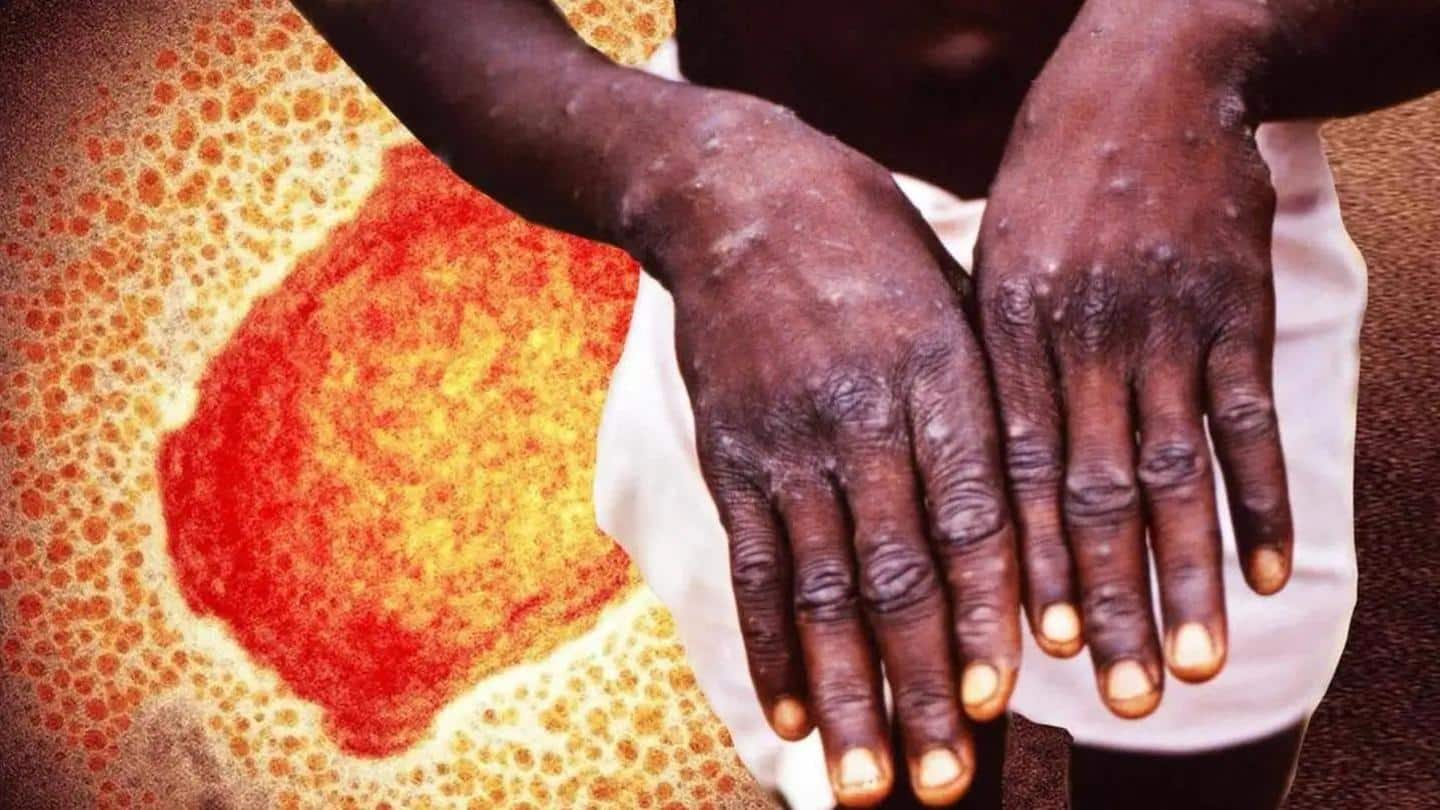
Monkeypox: Symptoms, precautions and other important details
What's the story
With India reporting its second monkeypox case from Kerala on Monday, a high alert has been sounded in all the districts of the state.
The first monkeypox case was confirmed on Thursday (July 14) after a 35-year-old man—who returned from the UAE on July 12—was diagnosed with the infection.
The new case involves a 31-year-old man who reached Kannur from Dubai on July 13.
Context
Why does this story matter?
Last month, the Indian government issued monkeypox-related guidelines stressing surveillance and rapid identification were key to curbing an outbreak.
While India has reported two monkeypox cases, the Union Health Ministry has issued nationwide alerts to ensure advanced preparedness.
Besides directing all districts to step up vigil, the Kerala government has reportedly issued a special alert to the Thiruvananthapuram, Kollam, Pathanamthitta, Alappuzha, and Kottayam districts.
Guidelines
Centre's advisory to states
In May, the Centre directed all states to report suspected cases to the District Surveillance Officer of the Integrated Disease Surveillance Program.
The Centre's advisory to the states included sending laboratory samples consisting of fluid from vesicles, blood, and sputum to Pune's National Institute of Virology (NIV).
If a positive case is detected, contact tracing has to be initiated immediately, according to the advisory.
WHO says
What exactly is monkeypox?
Mostly transmitted to humans from animals, monkeypox is a viral zoonotic disease.
Most cases of monkeypox are found in West and Central Africa.
According to the World Health Organization (WHO), the monkeypox virus is similar to human smallpox.
Although monkeypox is said to be much milder than smallpox, with a mortality rate of up to 10%, it can be fatal in rare cases.
History
First human case of monkeypox identified in 1970
The first case of human monkeypox was identified in 1970 in Congo (formerly Zaire) in a nine-year-old boy, two years after smallpox had been eradicated from the region.
Since then, most cases have been reported from rainforest regions of the Congo Basin, where it is considered endemic.
However, in 2017, 40 years after its last confirmed case, Nigeria witnessed the biggest outbreak to date.
Spread
How does the virus spread?
Monkeypox spreads via "close contact with lesions, body fluids, respiratory droplets, and contaminated materials such as bedding."
A large number of cases have been reported from sexual health clinics.
"Based on currently available information, cases have mainly but not exclusively been identified amongst men who have sex with other men (MSM) seeking care in primary care and sexual health clinics," the WHO earlier said.
Symptoms
What are the symptoms of monkeypox?
According to the WHO, the incubation period for monkeypox is usually 7−14 days but can range between 5−21 days, too.
Following this, fever, rash, severe headache, backache, muscle aches (myalgia), intense asthenia (lack of energy), and swollen lymph nodes kick in.
Apart from the face, rashes affect the palms of the hands, soles of the feet, oral mucous membranes, genitalia, conjunctivae, and cornea.
Information
How to contain spread of monkeypox?
Since the disease is spread by close contact, it can be contained through measures such as self-isolation and proper hygiene. Also, avoiding physical contact with people with suspected/confirmed infection, staying away from crowded events, and following good hygiene may help one protect themselves from monkeypox.